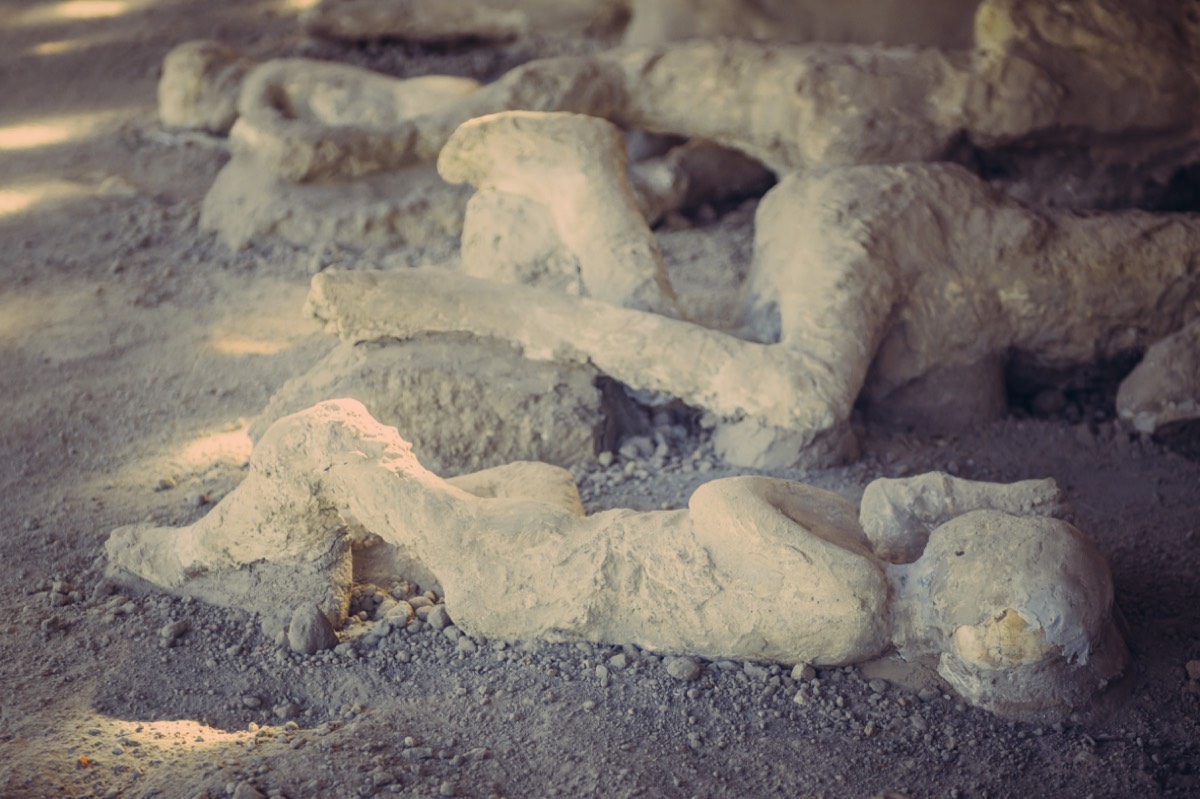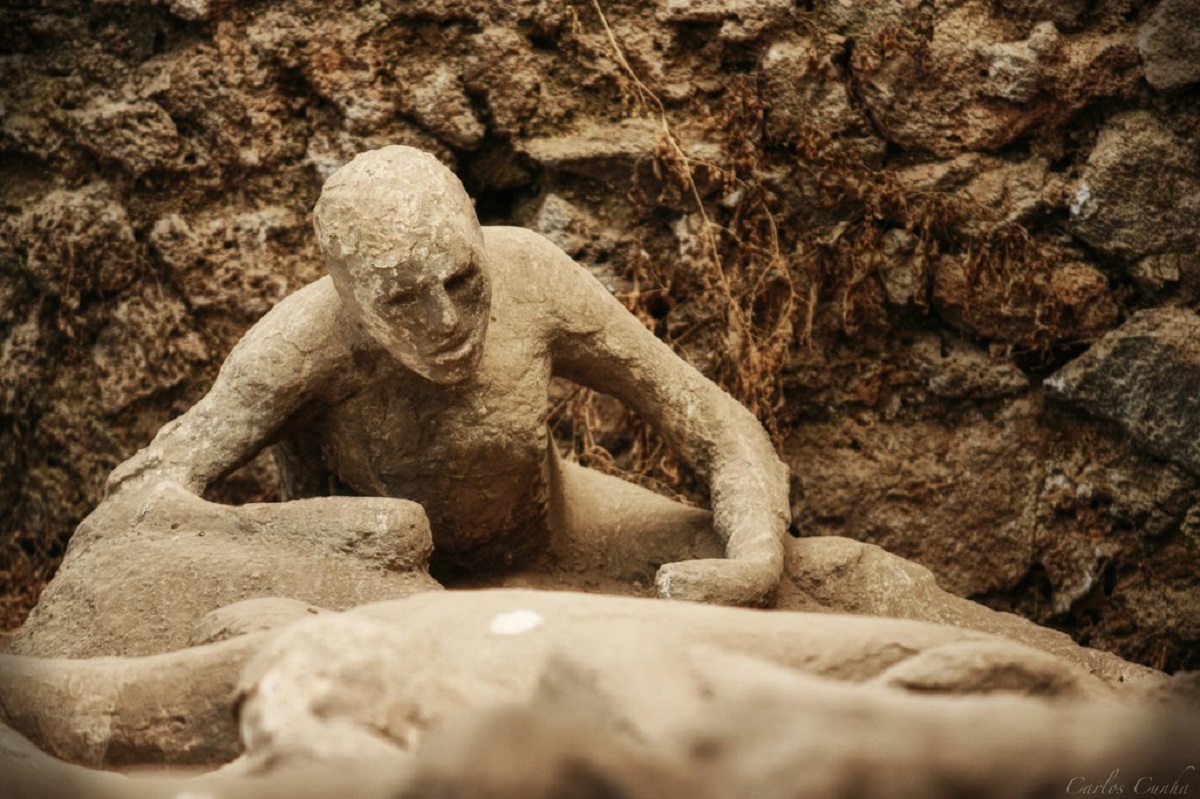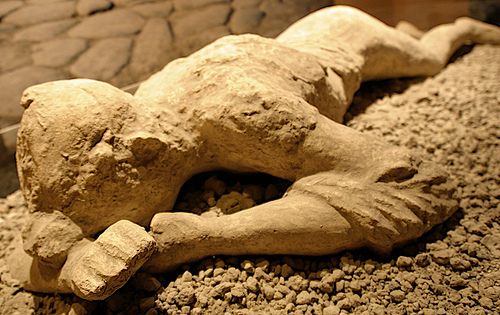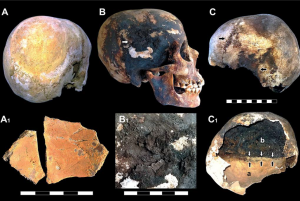
Image Source: Google
About 2000 years ago from now, the cities of Pompeii, Herculaneum and Torre Annunziata, the ruins of which now collectively a world heritage site, were left devastated by the volcanic eruption of Mount Vesuvius by destroying its infrastructure and flash-heating its people to death. To this day, the sites still remain of significant importance to the archeological and scientific communities. Recently, a group of researchers in Italy, have discovered rather unusually perfectly preserved remains of brain tissues of a male victim, whereby the tissues were thought to have been vitrified, an unusual occasion where extreme heat causes tissues to turn into glass or glaze, therefore allowing near-perfect preservation. Although another group of researchers are skeptical about the means by which the research was performed, indicating the need for further research and intervention, they are still hopeful that this can contribute to the understanding of the vitrification process, could open up room for studies of ancient people, and be integral to evaluate the risk of a possible future eruption of the Vesuvius.
Written By Zahra S. Sheikh
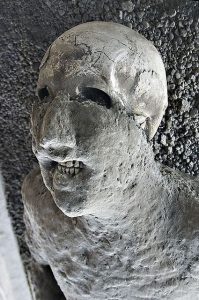
Pompeian victim from the 79AD eruption of Mount Vesuvius. Image Source: Google
